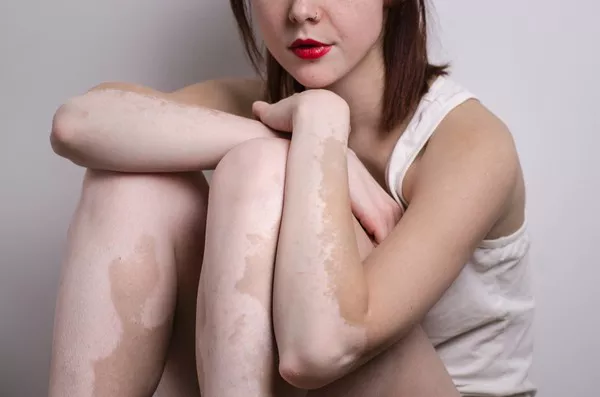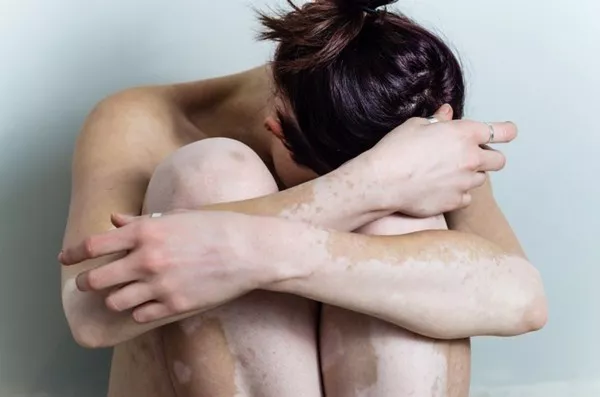Vitiligo, a chronic skin condition characterized by the loss of pigmentation in patches, affects millions worldwide, striking people of all ages, races, and genders. While the visual impact of vitiligo is well-documented, another aspect often overshadowed is the discomfort associated with it: itching. Indeed, the incessant itch experienced by many individuals with vitiligo can be as bothersome as the changes in skin pigmentation. But why does vitiligo itch? Unraveling this mystery requires delving into the complex interplay of factors involving the skin, the immune system, and neural pathways. In this article, we explore the current understanding of pruritus (itch) in vitiligo, shedding light on its underlying mechanisms and potential avenues for relief.
Understanding Vitiligo: A Multifaceted Skin Disorder
Before diving into the itch, it’s crucial to grasp the basics of vitiligo. This enigmatic skin disorder results from the destruction of melanocytes, the cells responsible for producing melanin, the pigment that gives skin its color. The exact cause of melanocyte destruction remains elusive, but evidence suggests a combination of genetic predisposition, autoimmune factors, oxidative stress, and environmental triggers contribute to its onset. Consequently, the immune system perceives melanocytes as foreign invaders and mounts an attack, leading to their destruction and the characteristic depigmented patches seen in vitiligo.
The Itch Factor: Exploring Pruritus in Vitiligo
While vitiligo primarily affects the skin’s pigmentation, many individuals also experience itching, ranging from mild discomfort to intense irritation. The presence of pruritus in vitiligo has garnered increasing attention in recent years, prompting researchers to investigate its underlying mechanisms. Although pruritus in vitiligo shares similarities with itching in other dermatological conditions, such as eczema or psoriasis, it presents unique challenges due to the absence of visible skin lesions or inflammation in most cases.
Immunological Underpinnings: The Role of Autoimmunity
One prevailing theory implicates autoimmune mechanisms in both the depigmentation of vitiligo and the associated pruritus. In autoimmune diseases like vitiligo, the immune system mistakenly targets healthy cells and tissues, leading to their destruction. In the context of vitiligo-related itching, researchers propose that autoimmune inflammation disrupts nerve fibers in the skin, triggering itch sensations. Additionally, the release of inflammatory mediators, such as cytokines and chemokines, may further exacerbate itching by sensitizing nerve endings and altering neuronal signaling.
Neuroimmune Crosstalk: Navigating the Skin-Brain Connection
The skin serves as a dynamic interface between the external environment and the body’s internal milieu, housing a complex network of sensory nerves, immune cells, and molecular messengers. In the case of vitiligo, aberrant neuroimmune crosstalk may underlie the itch-scratch cycle observed in affected individuals. Neurotransmitters like histamine, serotonin, and substance P play pivotal roles in transmitting itch signals from the skin to the brain, where they are perceived as itching sensations. Disruption of this delicate balance due to immune dysregulation or neuronal dysfunction could contribute to the development of pruritus in vitiligo.
Psychosocial Impact: The Hidden Burden of Itching
Beyond its physiological ramifications, pruritus in vitiligo can exert a profound psychosocial toll on affected individuals. The relentless urge to scratch can disrupt sleep, impair concentration, and diminish overall quality of life. Moreover, the conspicuous nature of vitiligo lesions, coupled with the stigma and misconceptions surrounding the condition, can exacerbate feelings of self-consciousness and social withdrawal. Addressing the psychosocial aspects of pruritus in vitiligo is thus paramount for comprehensive management and holistic patient care.
Management Strategies: Alleviating the Itch
Managing pruritus in vitiligo requires a multifaceted approach tailored to the individual needs of each patient. While no single treatment modality may offer universal relief, several strategies have shown promise in alleviating itching and improving overall skin comfort:
1. Topical Therapies: Emollients, moisturizers, and topical corticosteroids can help hydrate the skin, reduce inflammation, and alleviate itching in vitiligo-affected areas.
2. Phototherapy: Light-based treatments, such as narrowband UVB phototherapy, have demonstrated efficacy in repigmenting vitiligo lesions and relieving associated pruritus.
3. Immunomodulatory Agents: Topical calcineurin inhibitors, such as tacrolimus and pimecrolimus, may help modulate immune responses in the skin and alleviate itching in vitiligo.
4. Antihistamines: Oral antihistamines can be prescribed to mitigate histamine-mediated itching in individuals with vitiligo, although their efficacy may vary.
5. Psychological Support: Counseling, support groups, and psychotherapy can offer invaluable emotional support and coping strategies for managing the psychosocial impact of pruritus in vitiligo.
Conclusion
In the intricate tapestry of vitiligo, itching emerges as a vexing yet often overlooked aspect of the condition. While the exact mechanisms driving pruritus in vitiligo remain incompletely understood, a growing body of research offers insights into its immunological, neurological, and psychosocial underpinnings. By unraveling the mysteries of itch in vitiligo and exploring novel therapeutic approaches, clinicians and researchers alike can strive to enhance the quality of life for individuals grappling with this complex skin disorder. Through interdisciplinary collaboration and patient-centered care, we can navigate the itchy terrain of vitiligo with compassion, empathy, and scientific rigor.


























